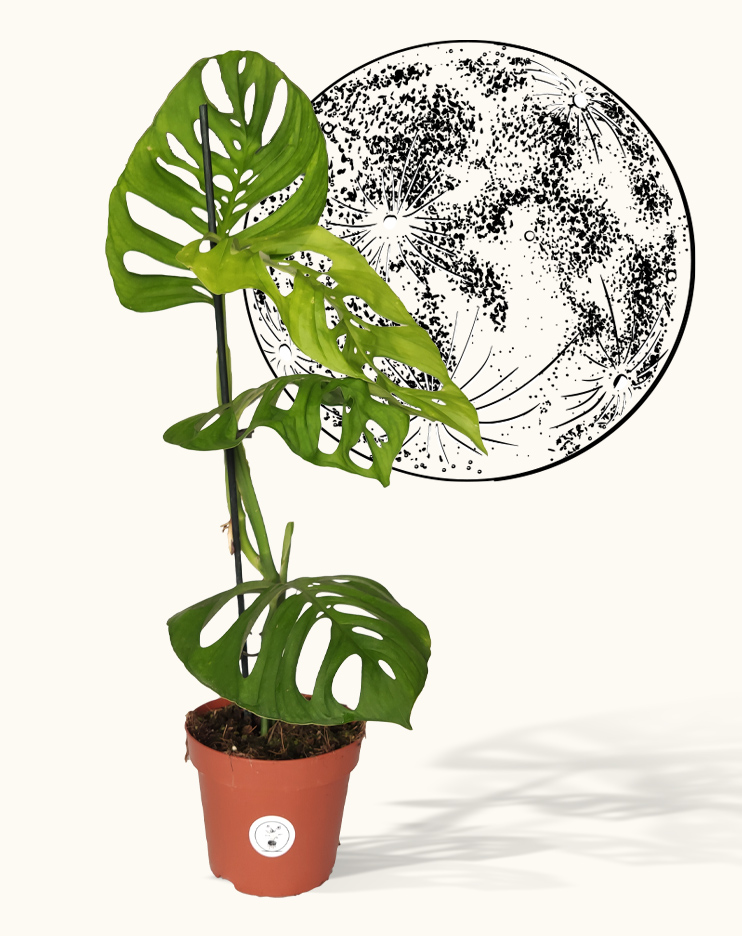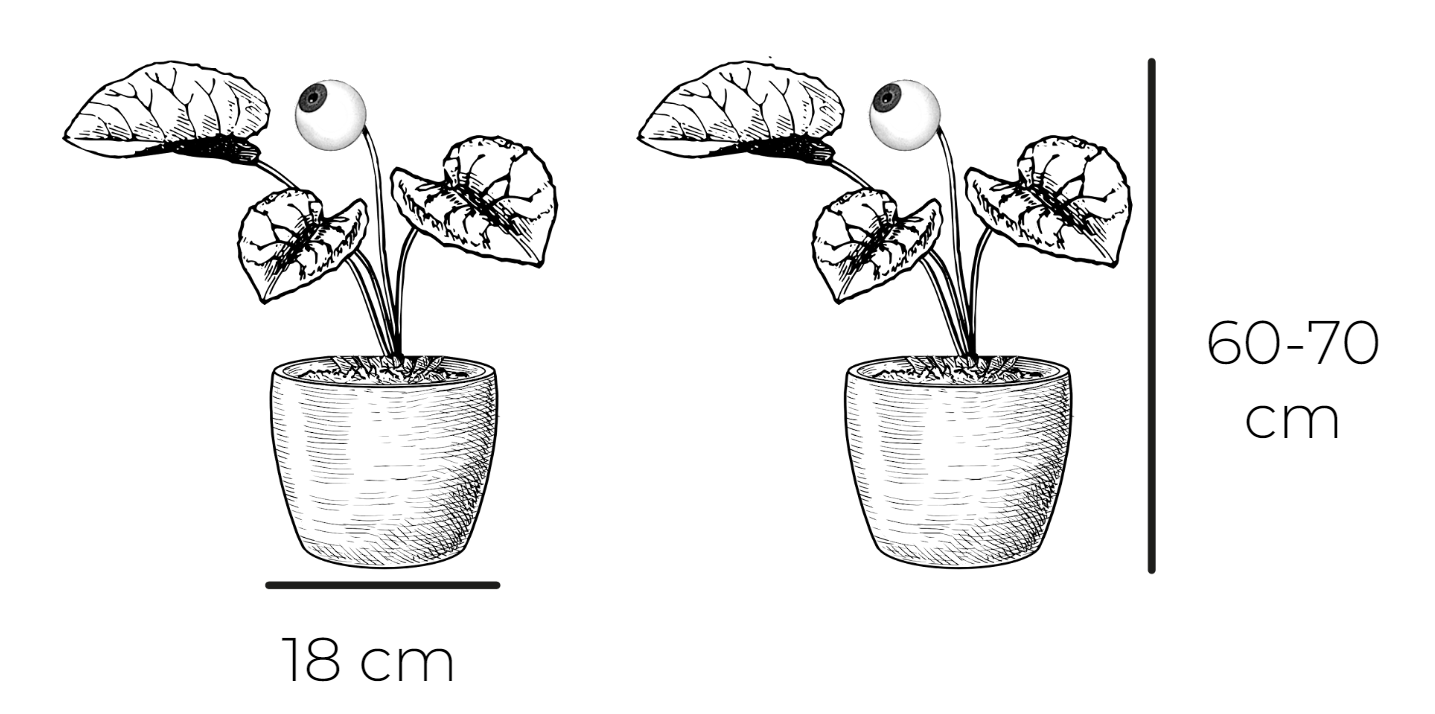





Monstera Deliciosa's cousin can easily be recognized thanks to exceptionnally big leaves filled with holes... making it look like a Monstera's skeletton, hence its name. Still very rare today, it is a quite sought-after collector's plant.
 Bright indirect light
Bright indirect light
 High need in humidity
High need in humidity
 Adult
Adult
 Appreciates a little care
Appreciates a little care
DESCRIPTION
Origin : Only endemic to Costa-Rican cloud forests.
Personality : Appreciates a little care.
Earmark : The Esqueleto comes with delicate leaves, covered in giant oval holes.
Say something smart : Costa-Rican cloud forests are called this way because of the constant fog they are in, originating from their extreme altitude and humidity levels. These cloud forests are also sometimes the spectacle of heavy rains and winds, which gave birth to Esqueleto's shape: just as its cousins, this Monstera developed big holes to have a much higher resistance to these natural phenomenons.
CARE
Which container?
A planter usually looks nice, but we recommend not to plant your new baby directly in one.
Leave it in its current pot until Spring, then ideally transfer it into a terracota pot with little drain holes when it looks cramped.
Finding its place
Brightness : High level of brightness, but no direct sun.
Avoid letting it feel draughts near the windows and take it away from heating sources.
Humidity : 60 % or more.
Tip : Spray its leaves with water (ideally rain-water) once a week.
Tip 2 : Place some wet clay pebbles under the pot, so they keep diffusing humidity.
Temperature : Min : 18°C | Max : 30°C |Ideal : 22-26°C
Day-to-day care
Watering (purely indicative, depends on your local environment): once a week in Spring/Summer, and once every 10 days in Autumn and Winter.
Tip : Put your knuckle in the ground. If it feels totally dry, add some water to keep the soil wet (but not soaking it).
Fertilizer : Once every other week, from March to September